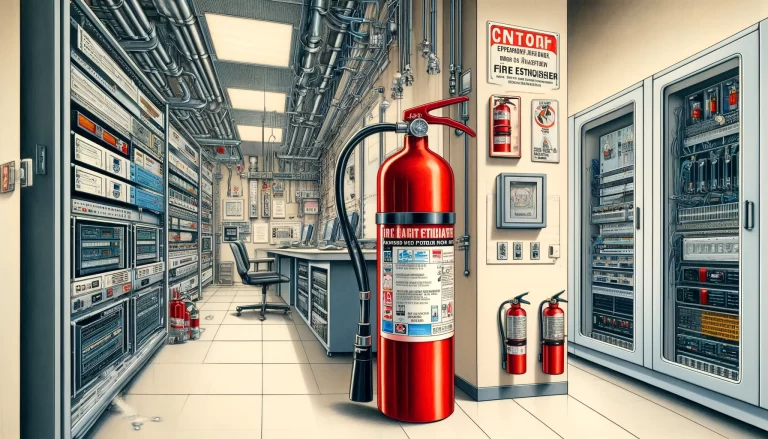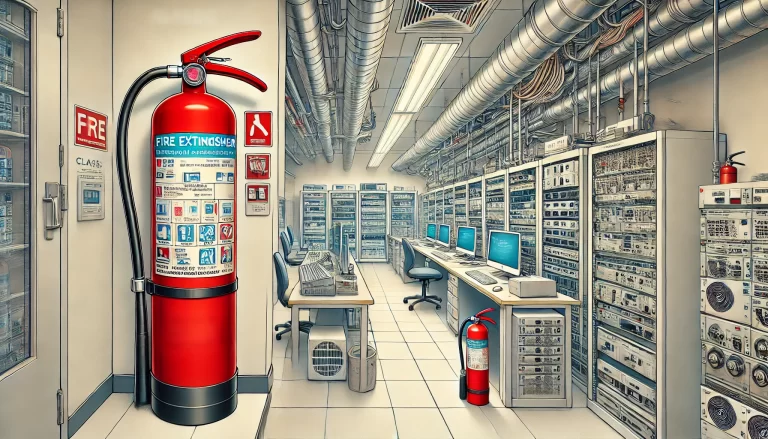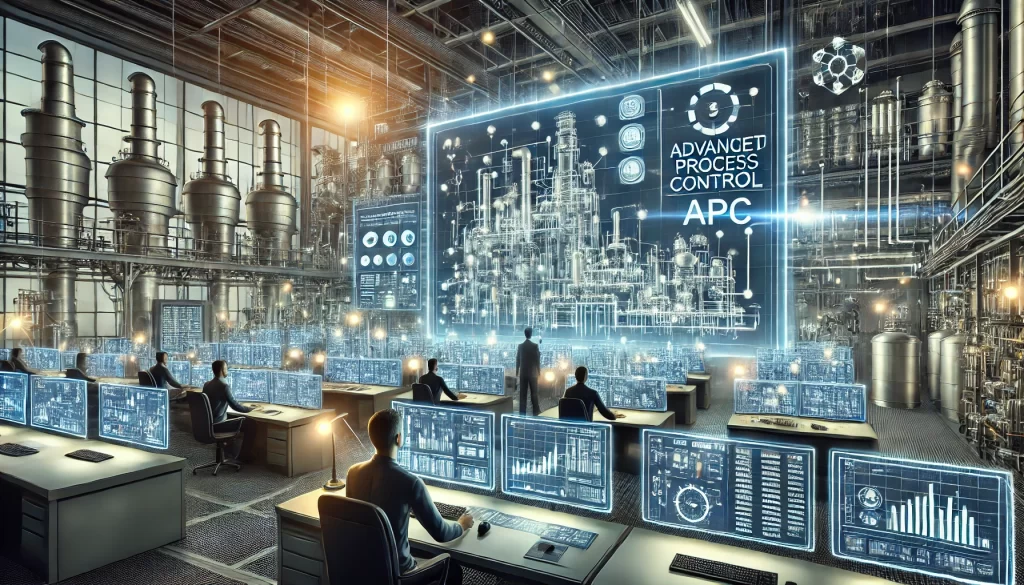Instrument rooms house precision equipment and sensitive electronics, which require specific considerations when choosing fire extinguishers. According to the Code for Design of Extinguisher Distribution in Buildings (GB50140), fires in such environments are classified as Class E fires, which involve energized electrical equipment. Therefore, fire extinguishers must meet high electrical insulation standards to effectively suppress fires without damaging the equipment.
Below is a detailed guide to the types of fire extinguishers suitable for instrument rooms:
1. Carbon Dioxide (CO₂) Fire Extinguishers
Advantages:
CO₂ extinguishers are a clean agent type, releasing carbon dioxide gas to displace oxygen and suppress fires.
They leave no residue after use, making them ideal for precision instrument rooms where cleanliness is critical.
CO₂ is non-corrosive, ensuring no long-term damage to delicate electronic components.
Effective for Class E fires and suitable for equipment operating at 600V or lower.
Limitations:
Users must avoid direct contact with the metal nozzle during use, as CO₂ can cause frostbite due to its extremely low discharge temperature.
CO₂ extinguishers should not have metallic spray tubes, which could pose electrical hazards.
Limited in effectiveness for larger fires or in areas with poor ventilation, as CO₂ gas disperses quickly.
Application:
Best suited for small-scale electrical fires in confined instrument rooms, server rooms, or archive storage areas.

2. Heptafluoropropane (HFC-227ea) Fire Extinguishing Systems
Advantages:
HFC-227ea systems are a widely used clean agent fire suppression solution.
Extinguishes fires quickly through total flooding by chemically interrupting the combustion process.
Leaves no residue or byproducts, ensuring no post-fire cleanup or damage to instruments.
Safe for electronics and human exposure in small concentrations.
System Types:
Piped (networked) systems: Cover large areas using a network of discharge nozzles and pipes.
Non-piped systems: Standalone units for localized protection without requiring complex installations.
Limitations:
Requires specialized maintenance and periodic inspection to ensure reliability.
High installation costs compared to standard fire extinguishers.
Application:
Commonly installed in high-value instrument rooms, data centers, and precision equipment facilities requiring automated fire protection.
3. IG-541 Inert Gas Fire Extinguishing System
Advantages:
IG-541 is a blend of nitrogen (N₂), argon (Ar), and carbon dioxide (CO₂), making it an eco-friendly and clean fire suppression option.
It extinguishes fires by reducing oxygen concentration to a non-combustible level while remaining safe for humans.
Leaves no residue, making it suitable for environments housing delicate instruments.
Does not cause thermal shock to sensitive electronics.
Limitations:
Requires significant storage space for gas cylinders due to the high pressure needed for discharge.
Installation costs and design complexities can be higher than CO₂ extinguishers.
Application:
Recommended for larger instrument rooms, particularly where automated suppression systems are required.
4. Why Not Use Dry Powder Extinguishers?
While dry chemical extinguishers (e.g., ammonium phosphate or sodium bicarbonate) are effective for various fire types, they are not recommended for instrument rooms due to the following reasons:
The extinguishing powder leaves a residue that can infiltrate and damage sensitive electronics.
Residual powder can cause corrosion over time, leading to expensive repairs or equipment replacements.
Cleanup of dry powder is labor-intensive and impractical in precision environments.

5. Obsolete Options: Halon Fire Extinguishers
Halon extinguishers, previously used in instrument rooms, are now banned or phased out due to their environmental impact on the ozone layer.
They have been replaced by clean agent alternatives like CO₂, HFC-227ea, and IG-541 systems.
Key Recommendations
Based on the above analysis, the following fire suppression solutions are ideal for instrument rooms:
Primary Choice: Carbon Dioxide (CO₂) Extinguishers
Suitable for small, localized fires.
Ensure safe and proper operation practices to avoid hazards.
Secondary Choice: Heptafluoropropane (HFC-227ea) Fire Systems
Effective for comprehensive fire protection with minimal environmental impact.
Alternative Solution: IG-541 Inert Gas Systems
Ideal for large instrument rooms or facilities requiring eco-friendly options.

Safety Considerations
When implementing fire extinguishing systems in instrument rooms, ensure the following:
Regular inspection and maintenance of fire extinguishers and systems to guarantee reliability.
Proper training for personnel on how to operate CO₂ extinguishers and automated fire systems.
Ensure sufficient ventilation after CO₂ discharge to prevent suffocation hazards.
By choosing the appropriate fire suppression system, instrument rooms can ensure effective fire protection while preserving the integrity of valuable equipment and maintaining operational continuity.
